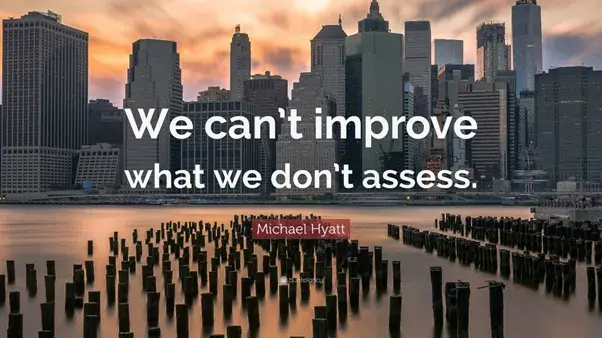With yearend approaching, most of the organization or the team, or each of us are trying to rewind, assess, understand how the year went, and start planning for 2022. One of the tools that most agile coaches and scrum masters use is Agile maturity assessment. An agile assessment allows you to evaluate how teams or even organizations are doing in their transformation journey and how far are we along in our goals. The agile assessment helps to reveal ‘how agile’ our organization or team is. It is useful to guide and accelerate Agile transformation as well as team improvements to reach our strategic objectives and results. It is also an invaluable mechanism to set the scene for organizational change, communicate your transformation strategy, and benchmark and measure progress. But if it’s not done properly, it could backfire. In this blog, let’s understand how the scene can be set or prerequisites or factors that need to be considered for effective agile maturity assessment, fun, engaging and also getting desired results. Note: I will not be comparing tools that are available in the market.
Factors to consider:
a. Identifying the mode of assessment: The mode of assessment (discussion or survey or workshop) is one of the most important factors for an effective assessment. When do we do a survey or when do we do a discussion/workshop with the teams to assess the maturity of agile practices? Some of the factors that influence the mode are team size, the number of teams in a portfolio, and team stage (ex: Tuckman’s stages of group development- Forming, Storming, Norming, and Performing). For instance, if my team is in Forming stage or the Storming stage, then the team might not be open or have the courage to correctly assess the maturity in the discussion mode, and hence doing a survey would be recommended. But before launching the survey, team engagement in explaining the intent, purpose, and how the results will be used is required so that the team understands the questions, how to assess each question, and what ranking means. On the other hand, if the team is in the performing stage or we are assessing at the portfolio level where we would like to understand maturity not only at the team practices but also some of the inter-related practices, then survey might be the right choice of assessment mode. Even then, as discussed earlier, engaging with the team will really be beneficial in getting the right results.
b. Participants of the Assessment: The second factor that needs to be considered is whom should we include/invite in the survey or discussions? Obviously, the natural team that comprises PO, Dev, testers, BA, operation team, support team, etc. will be part of the assessment exercise. But should we include role such as architects or Risk assessment team who is not fully committed to the team but contributes to the success of the team? MY suggestion would be to include the contributing roles also as part of the assessment as they influence the teams’/Portfolio ways of working. From an outside-in perspective, we get valuable feedback. Again, these members should be part of the initial engagement on the assessment objective so that they understand the areas that they can answer and some areas which might be optional for them to assess.
c . Tools – The other factor that we need to look at is the tools (assessment Questionnaire/ focus areas). Do we design/Customize the assessment tools, or do we use the industry standard? If we are doing the assessment for the first time, then I would suggest getting started with the tool that is available at your organization or any industry standard. Customization is required if we are looking at assessing the specific areas for ex, cultural elements such as psychological environment assessment or business results assessment or release. Also, Customization is required when we have a discipline of doing assessment every quarter or so then it is better to vary mode and tool. It is similar to the retrospective that it becomes ineffective
d. Results and audience: Once we do the assessment and understand the maturity, the team comes up with an improvement plan/roadmap. It is for the team to act on it. Most of the time, the results will be shared with the leadership team /executive team. The leadership team needs to be also engaged so that the reports are consumed correctly and not used as a tool to blame or appraisal system. This factor might not have the impact before the assessment as much as the other 3 factors mentioned above but it creates a safe and trusting environment in the organization.
Let us know if there are other areas that you have considered or set the stage so that maturity assessments were fun, engaging and effective.





